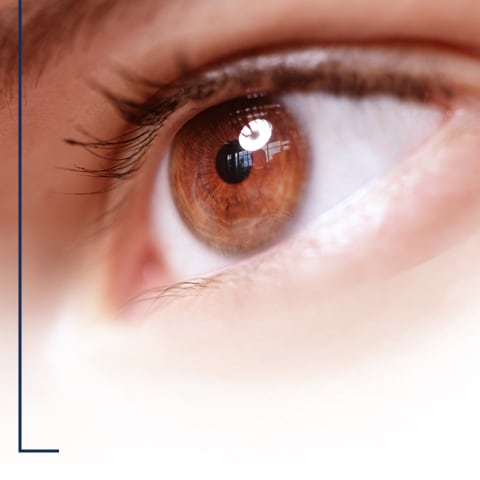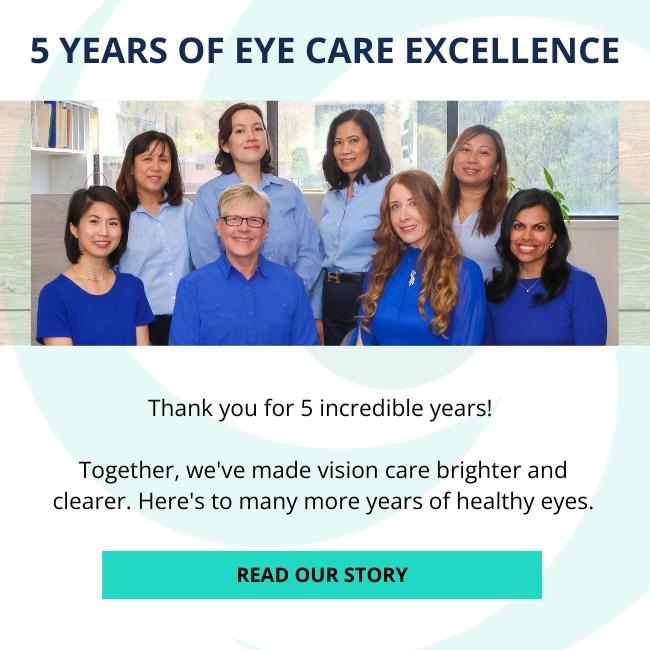By now everyone knows someone who suffers from dry eye disease. It is no longer an uncommon issue. The incidence of dry eye disease on a global scale has reached over 11% and is expected to continue to increase. For many years patients suffering from dry eye disease were told that there was nothing that could be done except to continually use artificial tears, warm compresses, and to live with it. While there is no cure, there are many options to manage and treat this condition to help patients find relief and improve their quality of life.
Where does Dry Eye Disease come from?
There are many factors that can contribute to dry eye disease. This includes, but is not limited to:
- Electronic Device Use
- Certain Medications
- Hormonal Imbalances
- Eye Surgeries
- Lifestyle and dietary factors

The percentage of the population that performs their occupation on an electronic device has exponentially risen over the past 30 years. When an individual stares at a screen, their blink rate decreases to a fraction of the normal rate. If the mechanical action of blinking significantly decreases, this ultimately causes the secretions within the meibomian glands to get clogged or back up. The meibomian glands are glands that line the top and bottom of the lid margin and secrete a substance called “meibum” which aids in lubrication of the tear film. Excessive screen time use can affect the structure and function of these glands which can then further exacerbate dry eye disease symptoms.
There are certain medications that can lead to gland obstruction or simply gland atrophy and loss. When the glands are obstructed or die off, traditional therapies such as warm compresses or artificial tears may not be sufficient. In office procedures and treatments may be necessary to re-establish proper flow within the glands to ensure proper lubrication of the tear film.
Hormone imbalances can affect the structure and function of the meibomian glands, whether the amount of secretion or inflammation is impacted by the imbalances.
A previous history of eye surgeries is a confounding factor for dry eye disease. If clinical signs are noted prior to surgeries and not addressed, symptoms of dry eye disease can manifest following any type of ocular surgery. Examinations prior to any surgical intervention are key to preventing any issues post-surgical.
Lifestyle and dietary factors play a significant role as well. If an individual consumes high amounts of processed foods and refined sugars this can alter the consistency of the meibomian gland secretions.
What can be done?
The key is early intervention. It is best to seek help early on, and not to wait until symptoms become so severe that quality of life and functionality are affected.
- Annual eye examinations with entry dry eye screening measures help to ensure that an individual isn’t developing dry eye disease before symptoms even appear.
- Once a person becomes symptomatic, it is crucial to take this disease seriously because severe progression can lead to a significant impact on quality of life and functionality.
- Proper maintenance with home care and supplementation with in-office procedures may help in slowing down the progression of this disease.
What’s involved in an Ocular Surface Disease Assessment?
For more information on what’s involved, please click on this link to our website https://torontomedicaleyeassociates.ca/service/dry-eye-clinic/
Call to schedule your assessment today. Please call 416 494 2020 or email [email protected]









